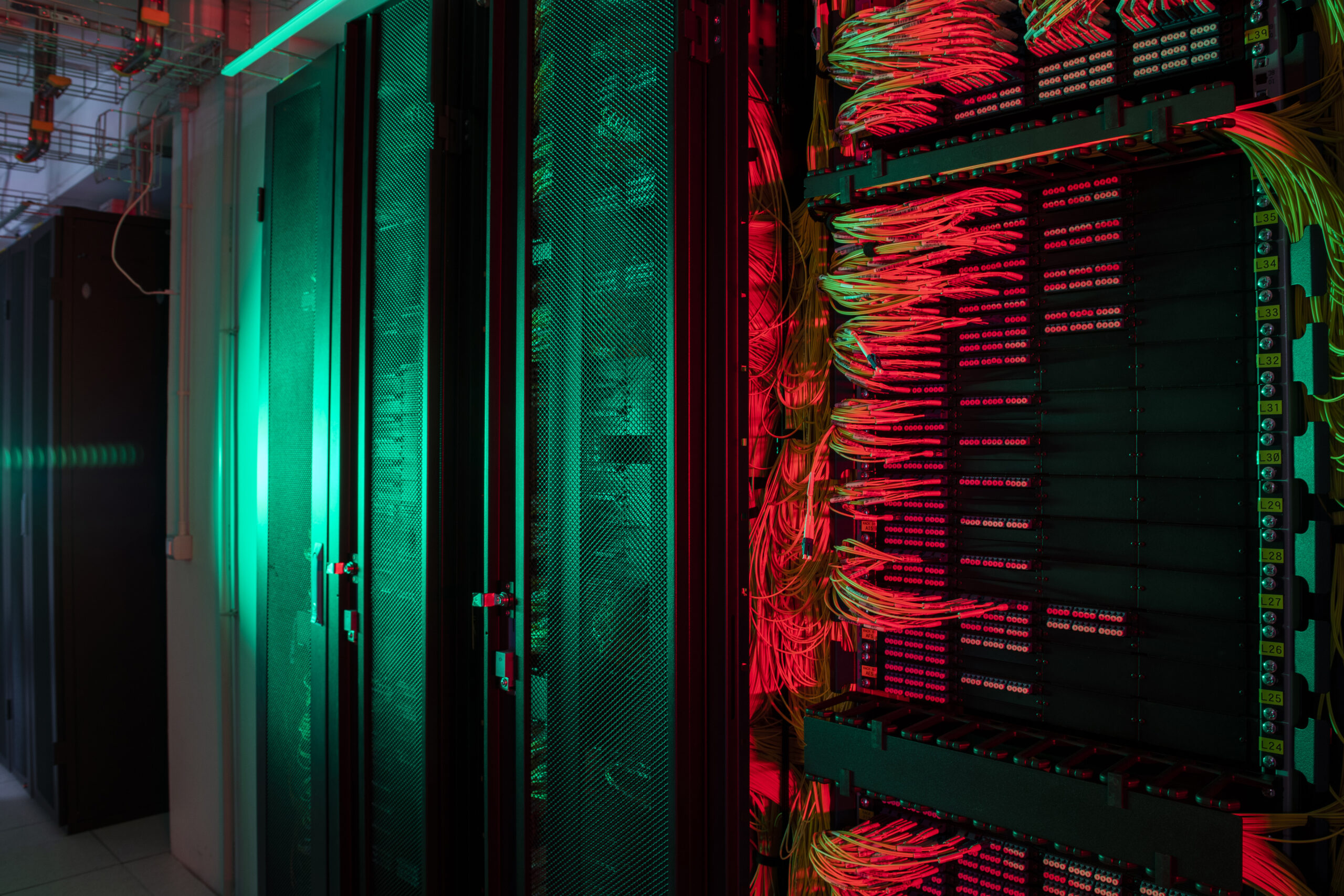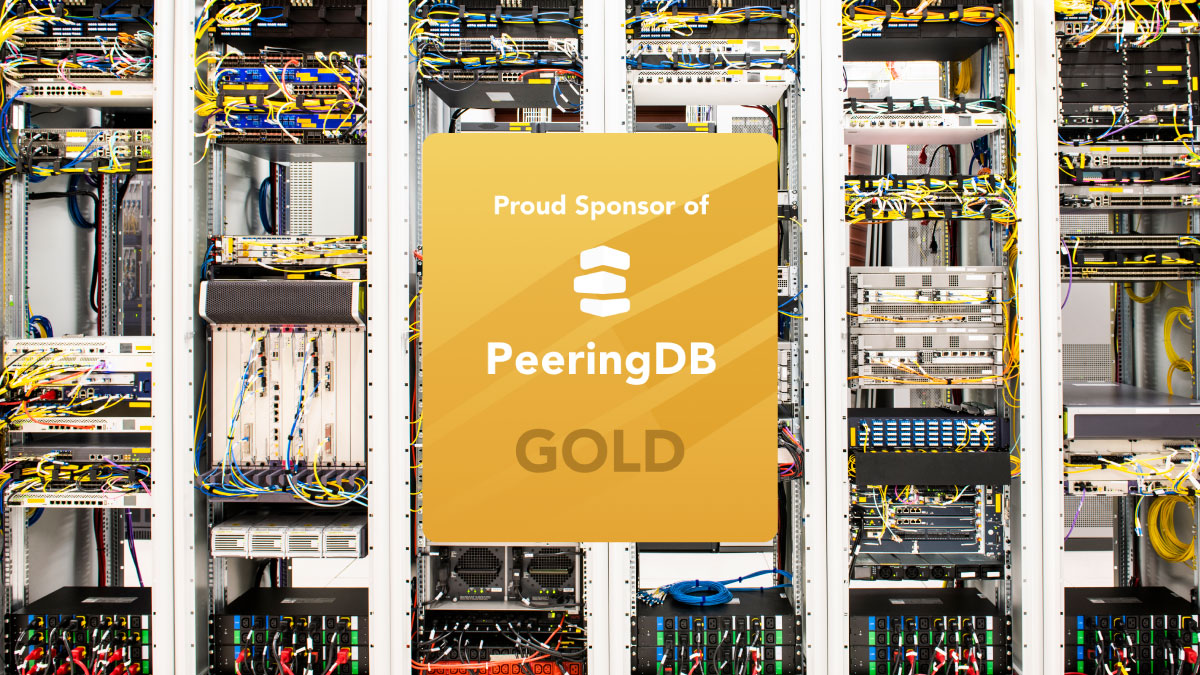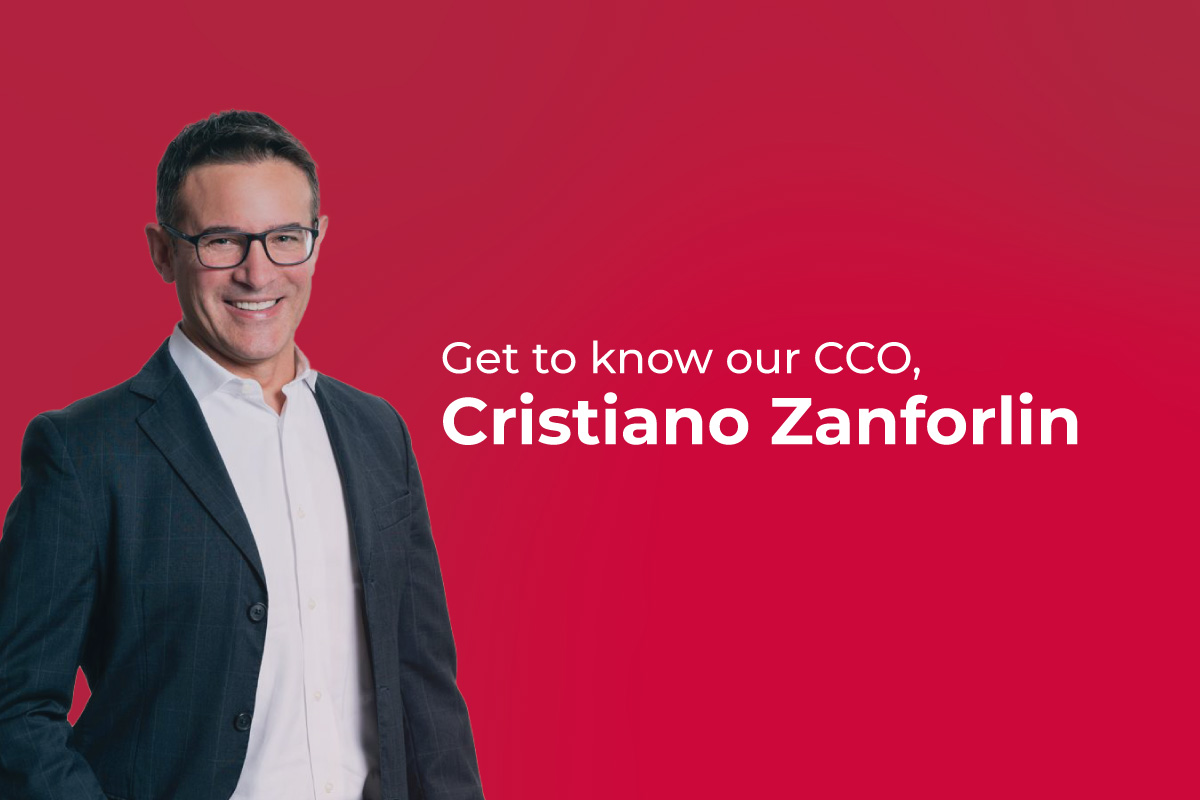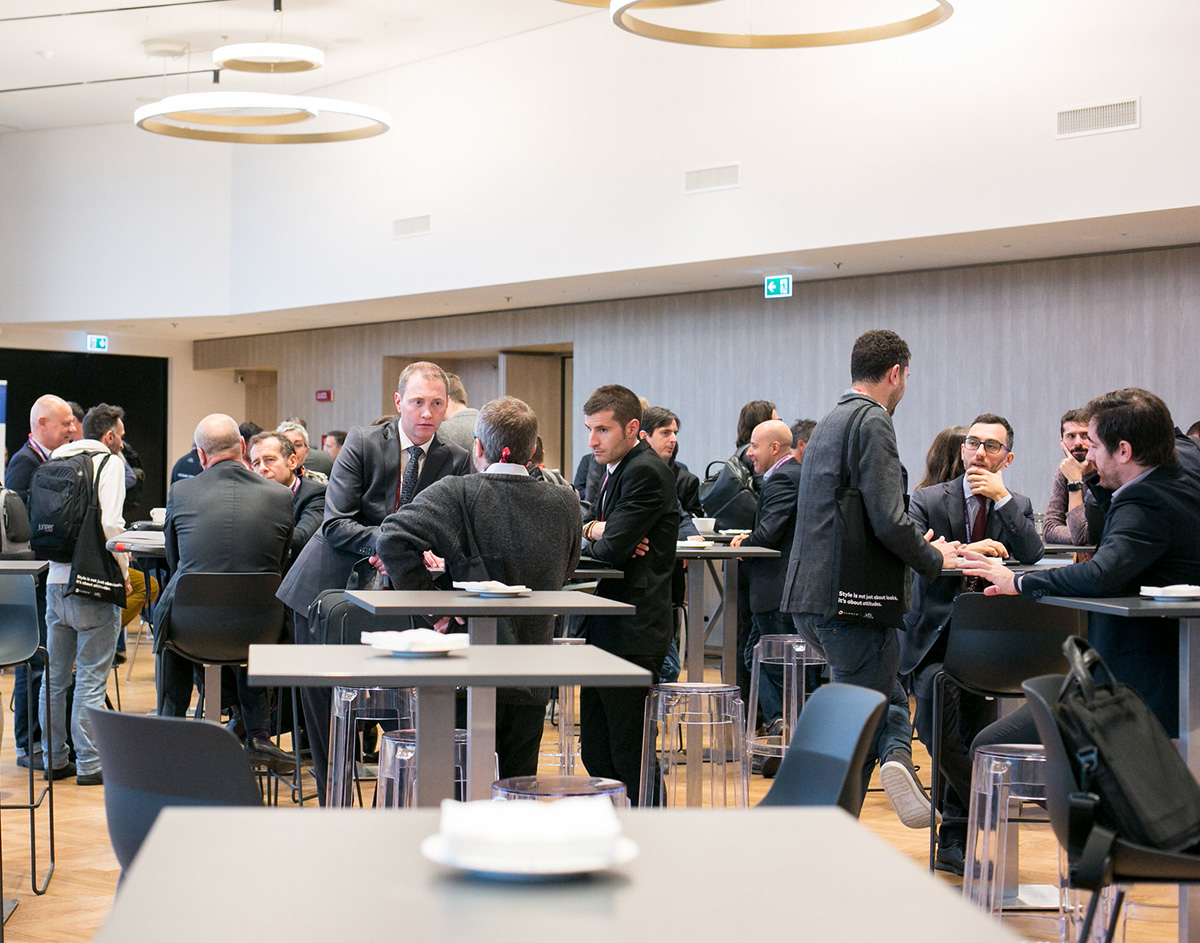
MIX Interview: Get to Know Our Marketing and Communications Manager, Daniela Cipriani
What does your role entail at MIX?
As the Marketing & Communications Manager at MIX, I handle all the company’s communication activities across both analog and digital channels. I’m responsible for our content production and heavily involved in creating content for the MIX company profile, website, social channels, press releases, and organizing MIX events. Additionally, I manage sponsorship opportunities and coordinate MIX’s participation in events organized by third parties.
What’s the best part of your job?
I’m naturally curious and love being social, so whenever I have the chance to meet new people and experience new situations, it’s always an exciting opportunity for me. That’s why I enjoy organizing MIX events, especially our annual conference, Salotto. It’s always an interesting experience as each year brings new challenges and obstacles, which require me to think outside the box. Someone once said that Salotto is “like your baby,” and it really does feel like my own child but I couldn’t make it happen without the incredible support of my colleagues. They play a crucial role in improving the event each year and in promoting it to potential sponsors. Thanks to the collective efforts of the whole team, Salotto has grown significantly in recent years, attracting more participants, sponsors, and interest in the next edition.
What exciting things are happening at MIX right now?
There’s never a dull moment at MIX, and we have some exciting news coming in the second half of the year. It’s still under wraps for now, but stay tuned for more announcements! We’re also gearing up for the 2024 edition of Salotto.
Speaking of Salotto, can you tell us more about it? Why do you run it? How has the event changed over the years? What are some highlights?
Salotto started 18 years ago as an afternoon gathering dedicated to MIX customers. It was an opportunity to meet once a year in a beautiful location, discuss interesting topics, share news, and enjoy some drinks and canapés at the end of the day. As MIX and our customers grew, Salotto also evolved. More and more companies were attracted by the opportunity to gain visibility at the event and to meet some of the key stakeholders in the Italian telecommunications market. Networking has become a focal point of Salotto, so over the years, we have included expert-led workshops and bilateral meeting sessions in the agenda to cater to the interests and needs of all participants. With a touch of pride, we can say that today, Salotto is undoubtedly the most anticipated gathering for the IP community in Italy.
Last year, we decided to move Salotto to a more functional venue, the Allianz MiCo Congress Center in Milan, which is the premier location for business events in Italy. The event was a great success, with over 1,300 participants representing more than 400 companies.
We have never missed an event since it started in 2006: even during the COVID lockdown, we turned the event into a virtual meeting with hundreds of remote participants.
The number of delegates and represented companies has grown over the years, and more and more companies are eager to support Salotto. The 2024 edition is still in the works and will be held at a larger location. I can’t reveal too much, but we are doing our best to meet and exceed all expectations.








